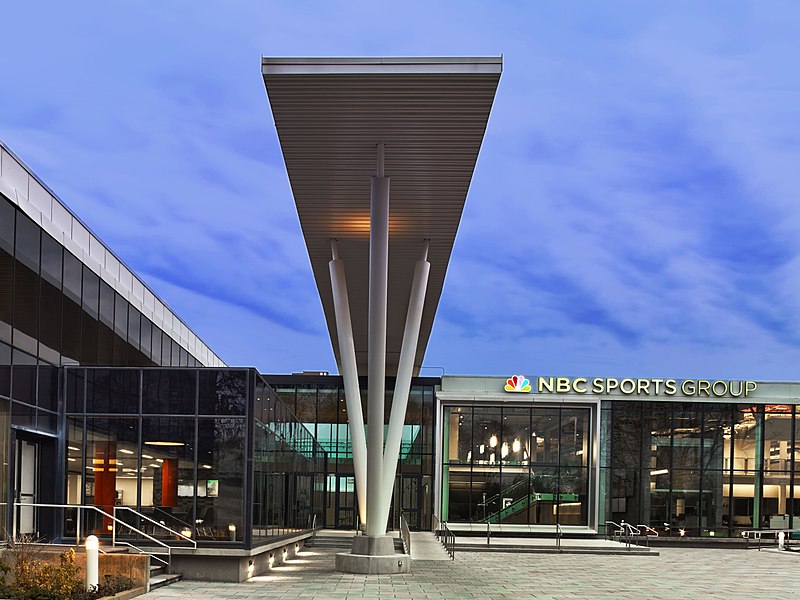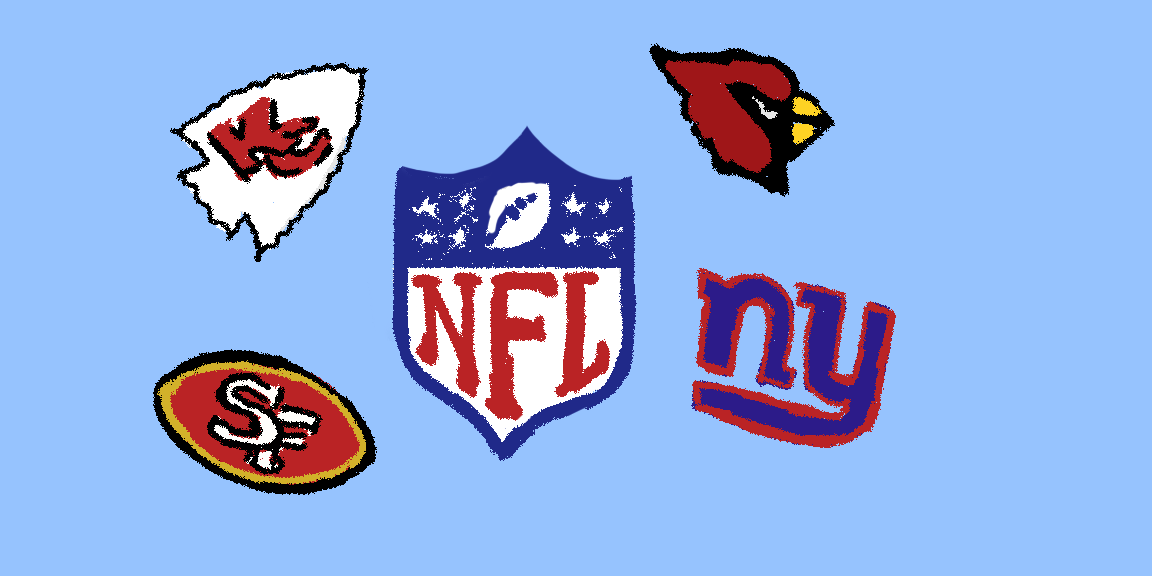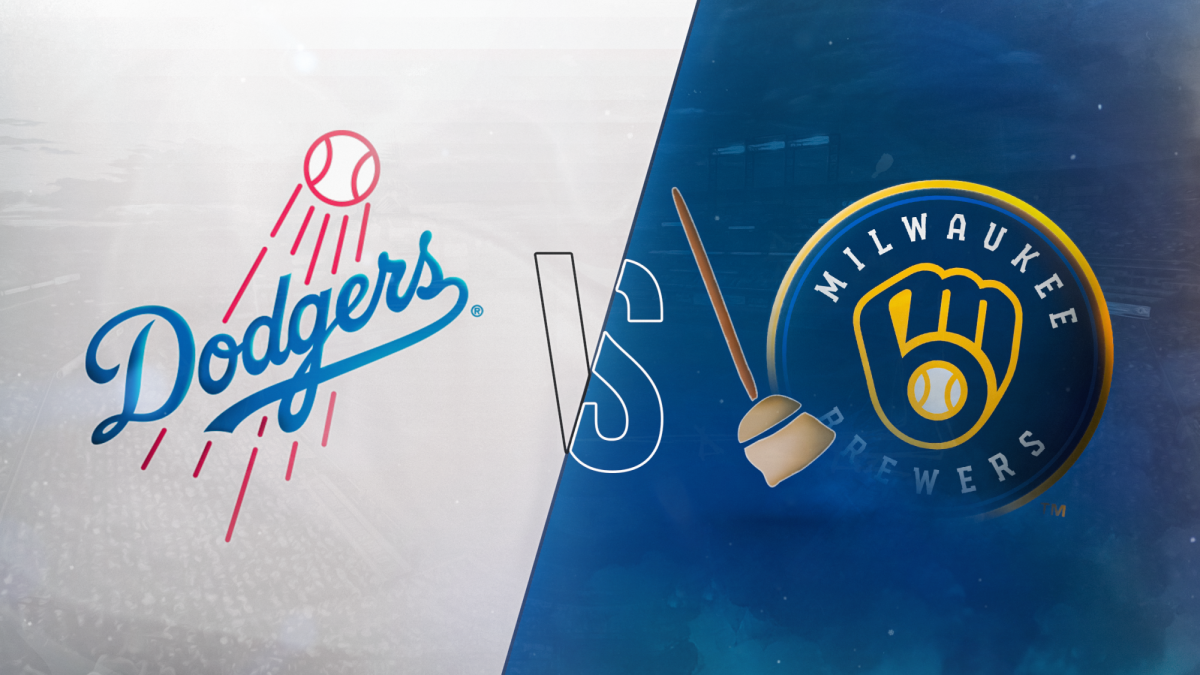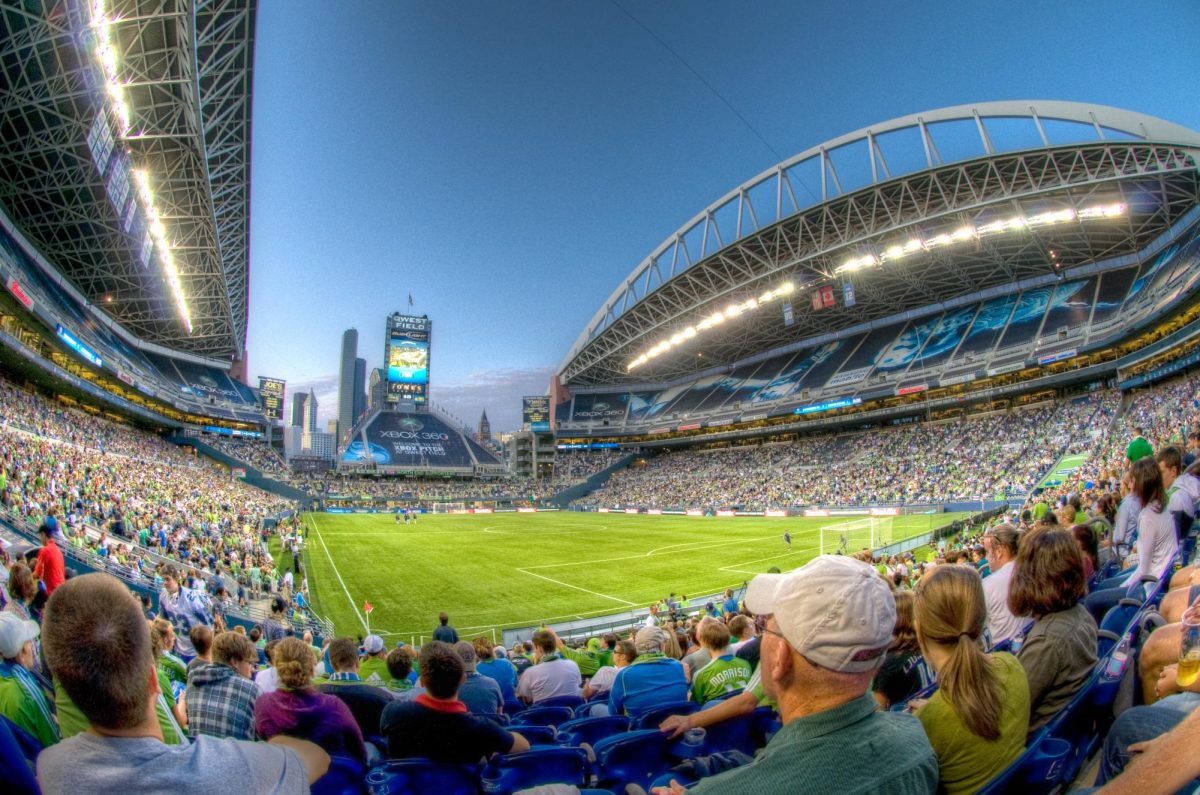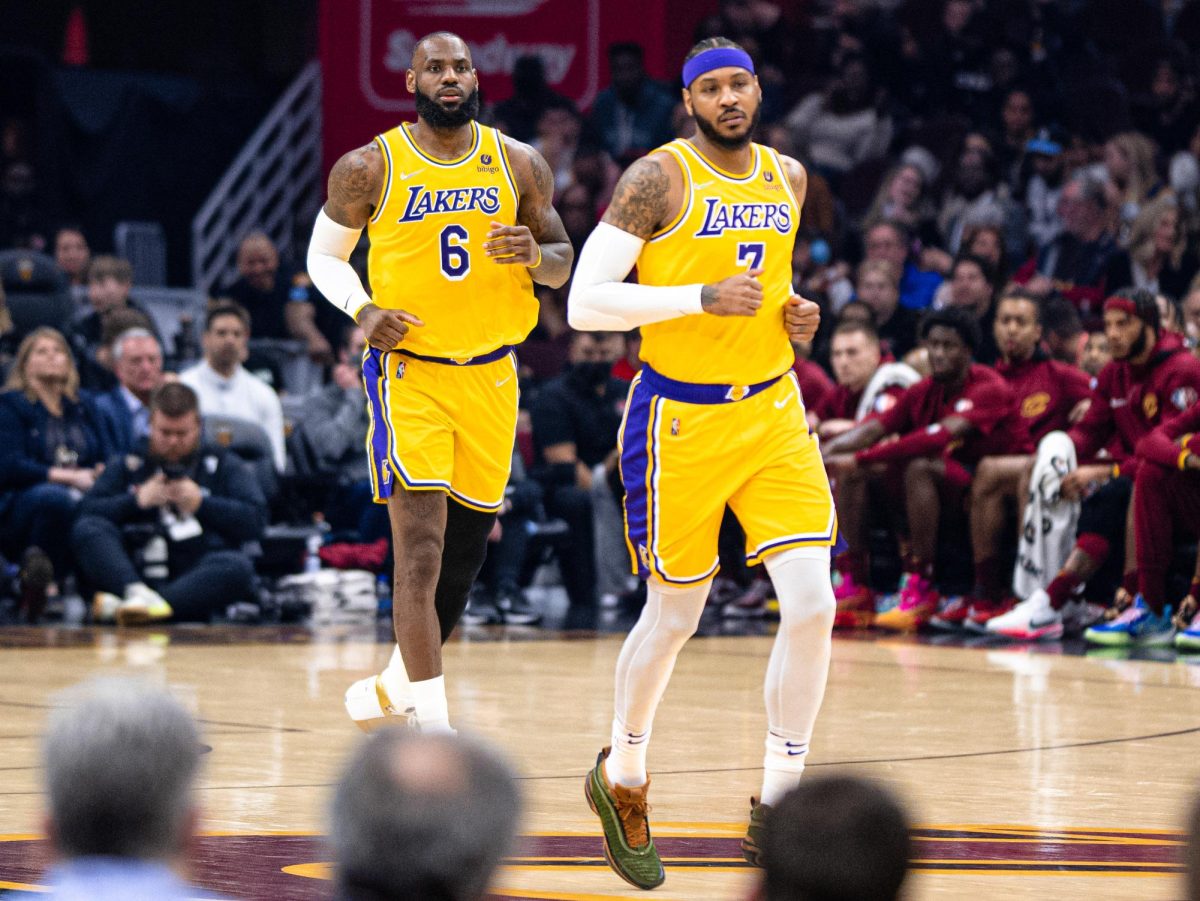At roughly 2:45 p.m. on March 17, when many people around New York began their St. Patrick’s Day feasts, the 14-56 New York Knicks — who have been lauded more for losing rather than winning this season — upset the LeBron James led Los Angeles Lakers. Knicks forward Mario Hezonja, who hadn’t played in a month, blocked LeBron’s last second go-ahead shot to seal the win for the Knicks. It would become the story of the day.
It was the collective job of the sports media outlets spread across the city to get this story out.
Before sportswriters at the New York Post and New York Daily News began working on their stories, highlighted by their infamous headlines for the back covers of the next day — they decided on “Rock around the Block” and “Bounding and Astounding,” respectively — Bleacher Report and various other news outlets that rely on social media and push notifications around the city had already informed fans of the moment.
ESPN, SportsNet New York, also known as SNY, and MSG television writers began production, making sure to highlight this moment even in national coverage, while sports radio stations offered immediate recaps for those who listened to the game or just tuned in while in the car.
It was a normal day in the life for New York-based sports media outlets.
New York is a sports town, and this small, chaotic example of a post-game rush doesn’t even include the hundreds of start-up and sports outlets spread across the city that are growing at an incredibly fast pace.
Sports media outlets in New York City are almost a reflection of the people who live there.
Sports media, like New York, never sleeps, and much of that is due to the technological growth in the city.
The increased technology has allowed for an abundance of new sports media websites, blogs, podcasts and more to spring up around the city and, in turn, the nation, and these outlets use their resources to cater to their specific audiences.
In fact, these sites are growing so fast, that the traditional outlets located in the city have been forced to evolve to keep their bases, yet haven’t necessarily been successful in tapping into younger generations and finding their target audiences. This is turning the sports media industry, particularly in New York, on its head.
“It’s enormous,” said Adam Lefkoe, host of The Lefkoe Show, one of Bleacher Report’s largest podcasts. “Social media has allowed independent creators with large followings to compete with legacy brands on an even playing field.”
Lefkoe added, “In this world, Sports Illustrated and NBC Sports are at a huge disadvantage. They don’t understand the voice of the younger generation and they’re cannibalizing their own content that they have to sell offline.
Staying relevant online has seemingly become an everyday, every hour venture and it requires more effort and thought than in previous eras of media coverage. The companies that understand that collaboration can create inroads to new audiences will be the ones that succeed.”
“You can take an iPhone and a $7 tripod and go live on YouTube, Facebook, Twitter, and more,” said Phil Marwill, director of Communications for the National Football Foundation. “The key is marketing and being creative … If you’re creative, New York City has tons of great stories. The challenge is developing an audience and consistently producing great content.”
The traditional outlets, particularly the newspapers based in the city, are struggling to adapt to this growth. In the summer of 2018, the Daily News reduced its sports newsroom from 34 writers to nine. While the upstart outlets are finding their audiences, growing their followings and learning how to cater to them, the traditional outlets are reportedly finding themselves struggling to keep up.
“I think the major outlets have less resources,” said Marwill. “So, it makes it more competitive to get coverage in traditional publications. There are lot of bloggers, YouTubers, and podcasters, which allows one to have more ‘people’ in the room.”
Many digital based outlets and individual creators have taken advantage of opportunities presented in New York to grow their brands.
However, the smaller startup companies aren’t the only ones growing in this paradigm shift in the industry, as many large companies are using technology and New York culture to create sub brands and tap into certain subcultures to grow their audiences.
Bleacher Report, while headquartered in San Francisco, has a large office in New York City.
The company is an example of a large sports media outlet that was on the forefront of this shift in sports media.
In fact, it was listed on Fast Company’s Most Innovative Companies list in 2018, and isn’t showing any signs of slowing down, and those who work there credit that to their finding and appealing to their niche.
“We are the voice of the millennial,” said 23-year-old Edwin Morel, the head of social media at Bleacher Report and a previous business manager at The Ticker. “I would say we’re consistent with our voice and promote the type of content that resonates with our audience while also making sure that we’re authentic to our voice and covering news that matters to a national audience. We have a lot of sub brands that cater to niche audiences in sports.”
He added that technology provides an “authentic voice through two mediums: the app and social.” Morel credits much of that ability to stay consistent with the company’s voice with its location in New York.
“The culture breeds in New York City, and we simply experience it and find ways to incorporate it into our voice,” he said. To the company, the use of these growing technologies is key in providing and developing the company’s voice so it can appeal to its audience.
Sure, every company uses social media, but to those at Bleacher Report and other successful and growing media outlets, the key is using it successfully. The site publishes comedic series about sports on social media, sub-brands such as The Lefkoe Show tweet almost just as often as the main account, and Lefkoe himself interacts with fans to help his brand.
“I genuinely take time to listen to my listeners,” said Lefkoe. “I believe we’re in an age where media is a shared experience, a true two-way street and that conversation between host and listener should be expanded.”
Bleacher Report isn’t the only outlet to rely on fan interaction. In fact, many smaller outlets, such as The Duel, a joint venture created by FanDuel and 12Up sports, rely on it to grow their audiences.
Rather than collaborate with local outlets, the site uses whatever resources it has — including its general location in New York — to break stories and provide in depth gambling and fantasy advice to sports fans. Ray Maurer, an intern who worked at The Duel when it was starting up, credits its location in the city with the site’s ability to break stories and cater to the teenage to 40-year-old demographic it appeals to.
“The office is a block away from the Garden,” said Maurer, “so we know what the fans are saying and what they want because we hear it. We hear what they’re saying at the local bars and try to deliver that to them.” Maurer also said that almost every fan’s perspective is represented in New York.
“There are Eagles bars, there are Jets bars, there are Raiders bars, there are even Panthers bars,” he said. “Every team has some sort of representation here, and we try to use our location to tap into that and use it to our advantage.”
Lefkoe believes there are advantages to being located in New York City, but doesn’t believe that a company or growing outlet necessarily has to be in located in the city to be successful in finding a voice or growing a following. In fact, he believes that this social media trend is spreading across the nation.
“Major media companies happen to be in NYC,” said Lefkoe. “That’s why a lot of talent comes to the city to create. Creating a new company in New York City sounds like bad business to me. The taxes, the overhead, you’re eating a ton of money just to say you’re in New York.”
He added, “I’ve never listened to a podcast and thought, ‘Man, this would be so much better if they were recording in New York.’ House of Highlights was born in Florida. Bleacher Report started in San Francisco. Barstool was created in Boston. Now, once you’ve created a viable business and want to attract other talent, there are benefits of being in NYC.”
It’s clear the sports industry is evolving, and legacy outlets, many of which are based in New York City, have struggled to adjust. It’s ironically up to these companies to grow to compete with the burgeoning amount of startup sports outlets also sprouting up around the city. Lefkoe is not scared of this growth or trend, but actually welcomes it.
“Create now, start the podcast you’ve always wanted to record, shoot the Instagram video series that you’ve always thought would be funny,” he said. “Don’t be discouraged at the 50 likes or the two comments, that’s how we all started. Instead of reaching out to professionals for favors, reach out with something that will help them. They’ll be much more inclined to provide assistance later. Understand your voice and don’t mimic other people in the space. Focus on what you actually care about.”
His last piece of advice is one that he said he believes should go without say: “Be a nice person. Nobody helps assholes.”


